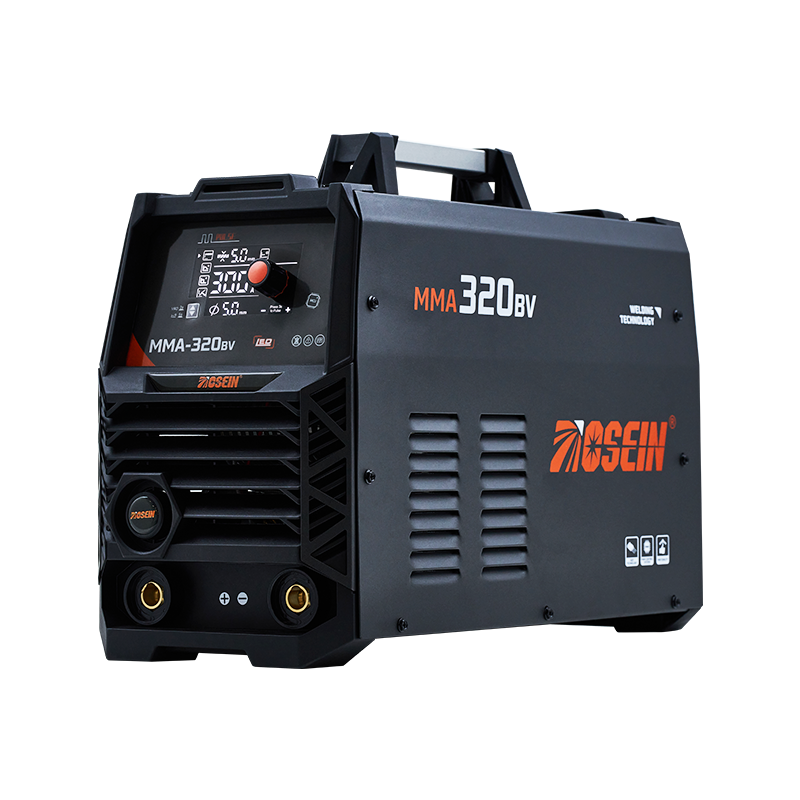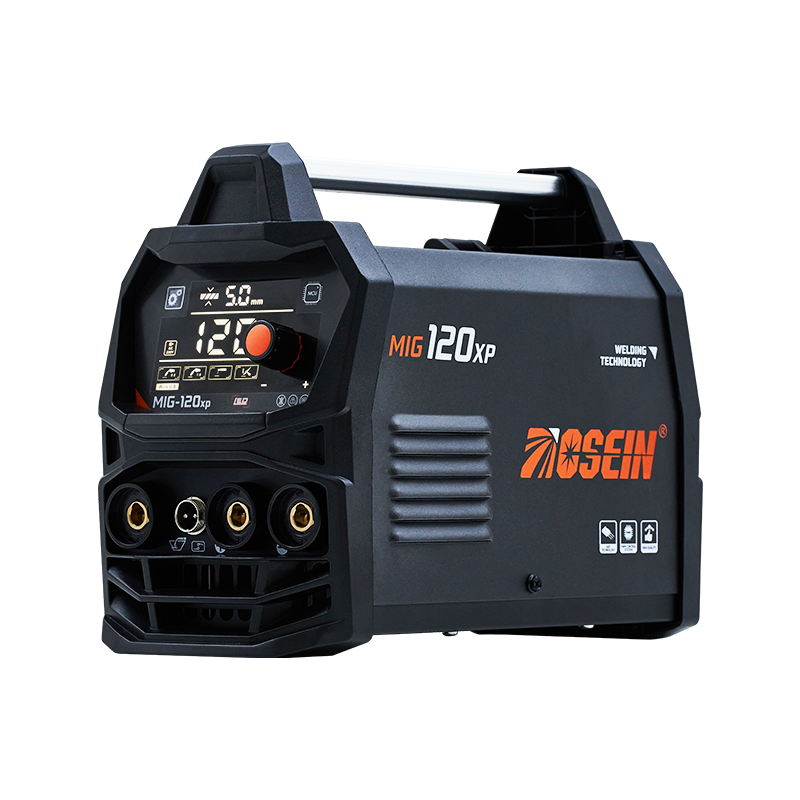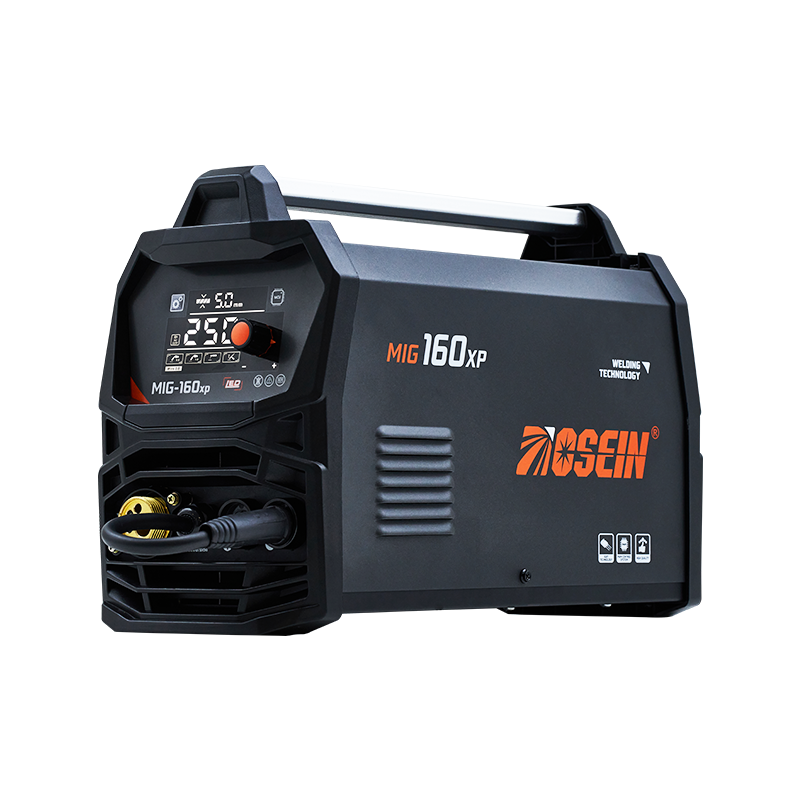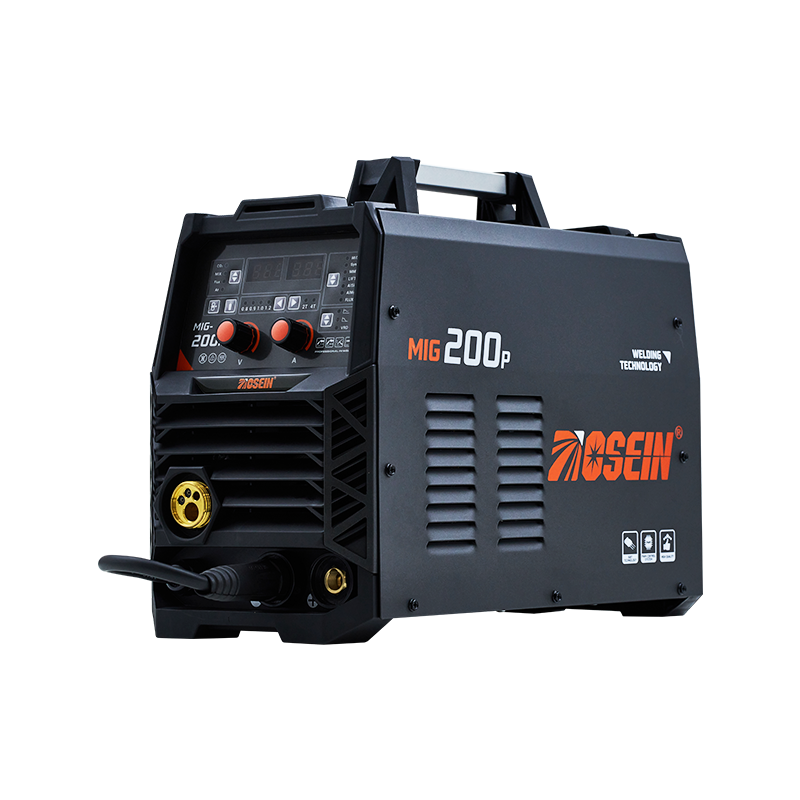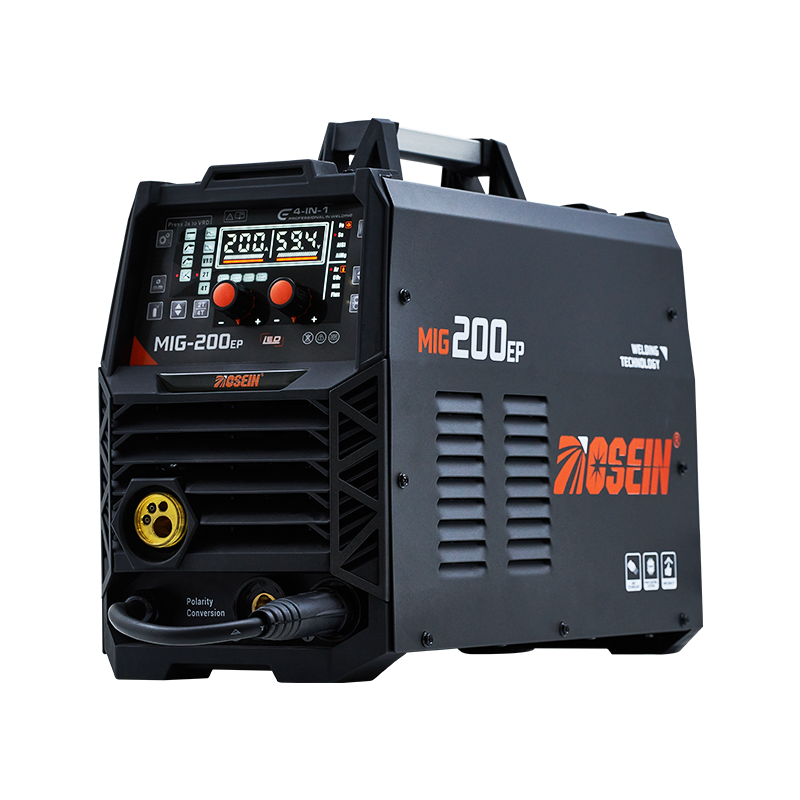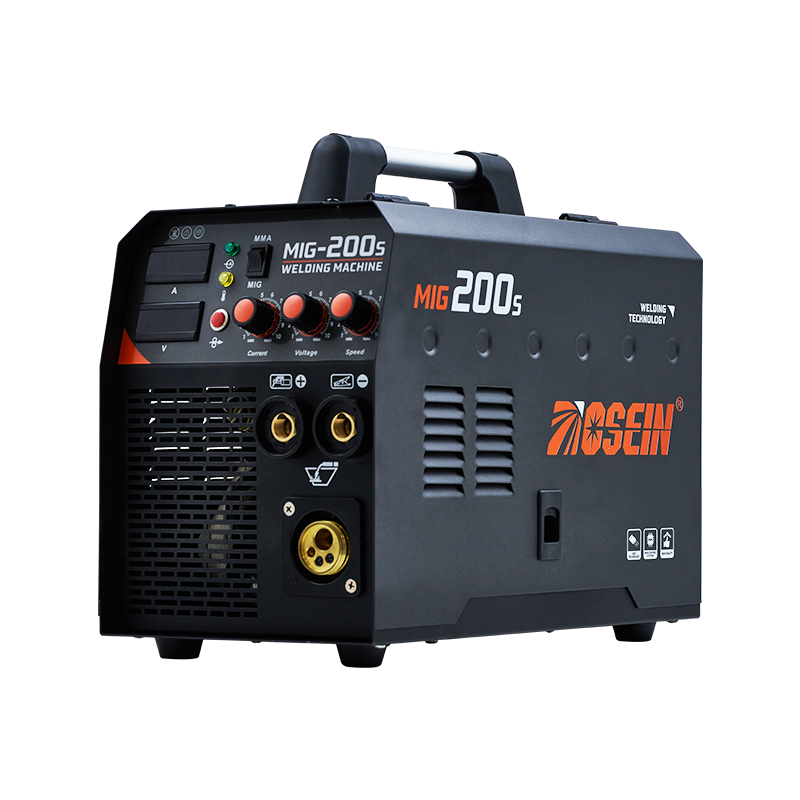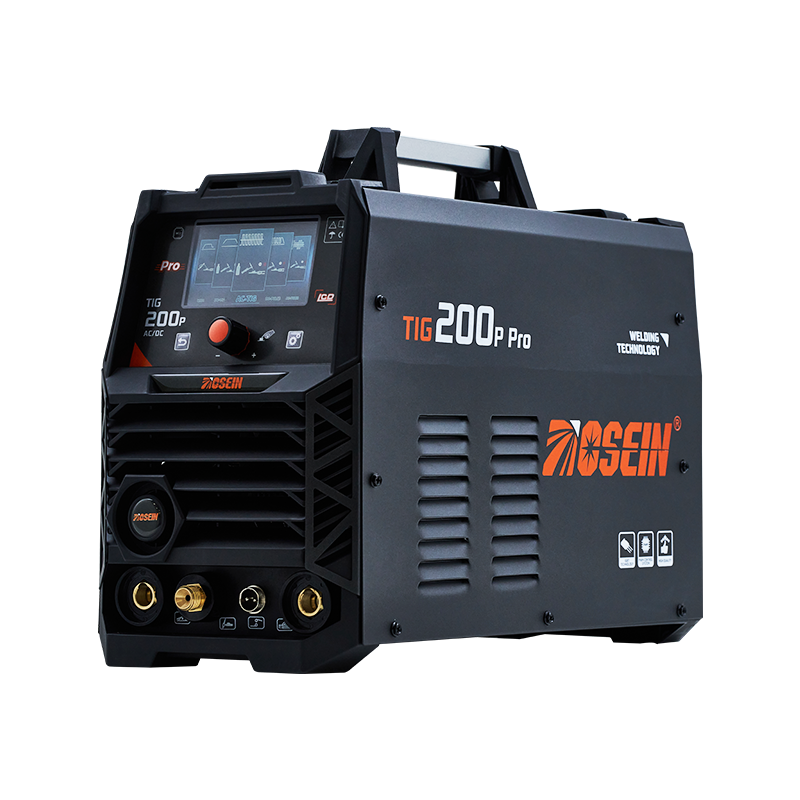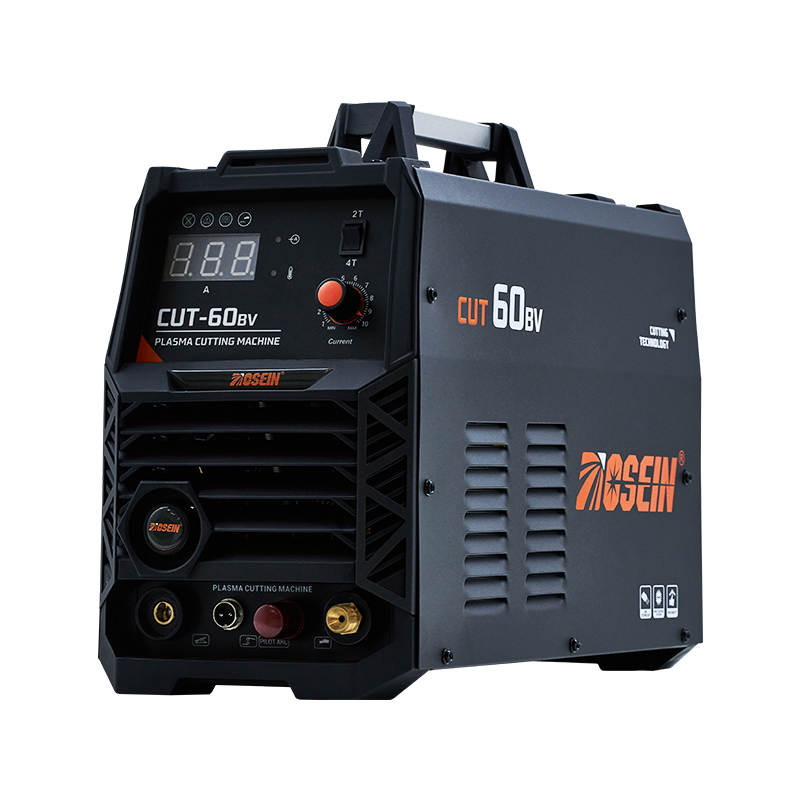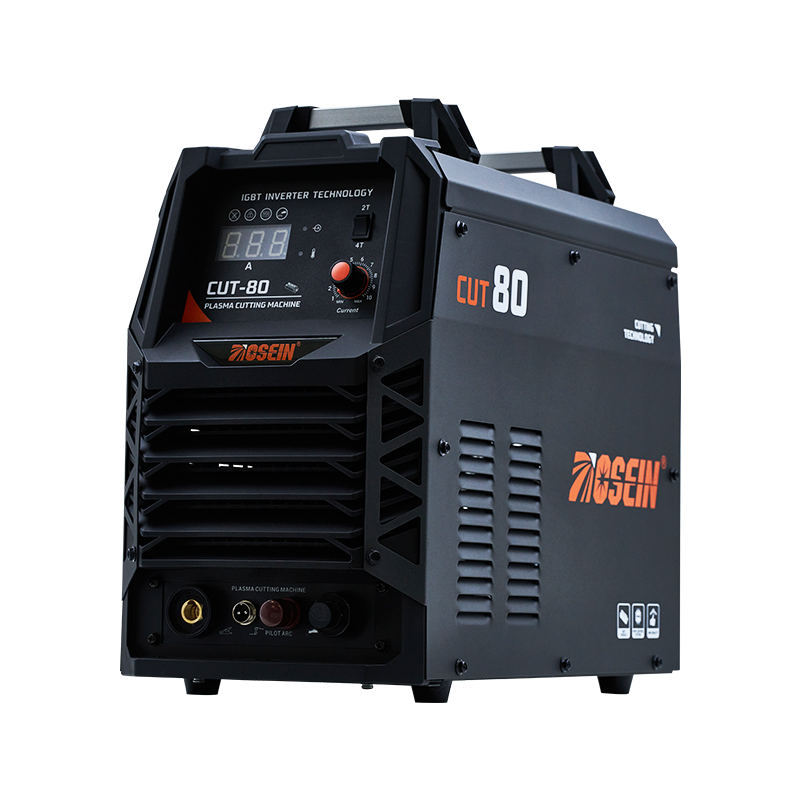
Operating a TIG Plasma Cutter or similar hybrid system requires a blend of cutting and welding skills. These machines combine the precision of TIG (Tungsten Inert Gas) welding with the efficiency of plasma cutting, allowing operators to both cut and weld various metals using a single unit. A TIG Plasma Cutter can handle stainless steel, aluminum, and carbon steel with high accuracy, making it suitable for both industrial and workshop applications. To use it effectively, operators must understand how to manage heat input, arc stability, and material preparation to ensure clean, precise results.
The Role of the TIG Welder Plasma Cutter
A TIG Welder Plasma Cutter adds versatility by integrating welding and cutting functions within one machine. Operators can switch between TIG welding and plasma cutting modes depending on the project. However, using a TIG Welder Plasma Cutter efficiently requires a solid understanding of both processes. The operator needs to control current, gas flow, and torch angle accurately. When welding, maintaining a consistent arc length is crucial for achieving smooth weld beads. During cutting, controlling torch movement and distance from the metal ensures clean edges and reduces material distortion.
Understanding the Oxygen Plasma Cutter
An Oxygen Plasma Cutter operates slightly differently from standard plasma systems. It uses oxygen as the plasma gas to enhance cutting speed and edge quality, especially when working with mild steel. Operators must understand how oxygen flow affects the cutting process and adjust parameters to prevent excessive oxidation. When used alongside TIG welding, the Oxygen Plasma Cutter becomes a valuable tool for fabricators who need both precise cuts and clean welds on the same workpiece. Proper training and understanding of gas characteristics are essential for maintaining safety and consistency during operation.
Essential Skills for Effective Operation
To operate TIG plasma equipment effectively, several key skills are required:
- Arc Control: Whether using a TIG Plasma Cutter or TIG Welder Plasma Cutter, maintaining a stable arc is essential. Operators must know how to adjust amperage and torch distance for different materials and thicknesses.
- Material Preparation: Clean surfaces lead to better welds and cuts. Removing rust, oil, or paint before welding or cutting improves conductivity and arc stability.
- Gas Selection and Flow Control: Understanding how different gases affect performance is vital. For instance, argon is often used for TIG welding, while compressed air or oxygen is used for plasma cutting. Managing gas pressure correctly ensures clean cuts and smooth weld seams.
- Torch Handling: A steady hand and precise motion are crucial. When cutting with an Oxygen Plasma Cutter, even small deviations can affect edge quality. Similarly, TIG welding requires a consistent torch angle and movement to achieve uniform beads.
- Safety Awareness: TIG and plasma processes involve high temperatures, bright arcs, and compressed gases. Operators must use protective equipment, ensure proper ventilation, and follow safety guidelines to prevent burns or exposure to harmful fumes.
Benefits of Developing These Skills
Operators who master the operation of TIG Plasma Cutter and TIG Welder Plasma Cutter machines gain flexibility in both fabrication and repair work. Skilled use of an Oxygen Plasma Cutter allows for clean preparation cuts before TIG welding, saving time and reducing post-processing. These abilities also enable professionals to handle diverse projects—from sheet metal work to heavy-duty repairs—with confidence and efficiency.
Operating TIG plasma equipment effectively requires a combination of precision, control, and technical understanding. Mastering tools such as the TIG Plasma Cutter, TIG Welder Plasma Cutter, and Oxygen Plasma Cutter allows operators to achieve clean cuts and strong welds while maintaining efficiency and safety. By developing skills in arc control, gas management, and torch handling, welders can take full advantage of the versatility these machines offer. Whether in industrial manufacturing or small workshop settings, these competencies ensure consistent results and long-lasting weld quality.
